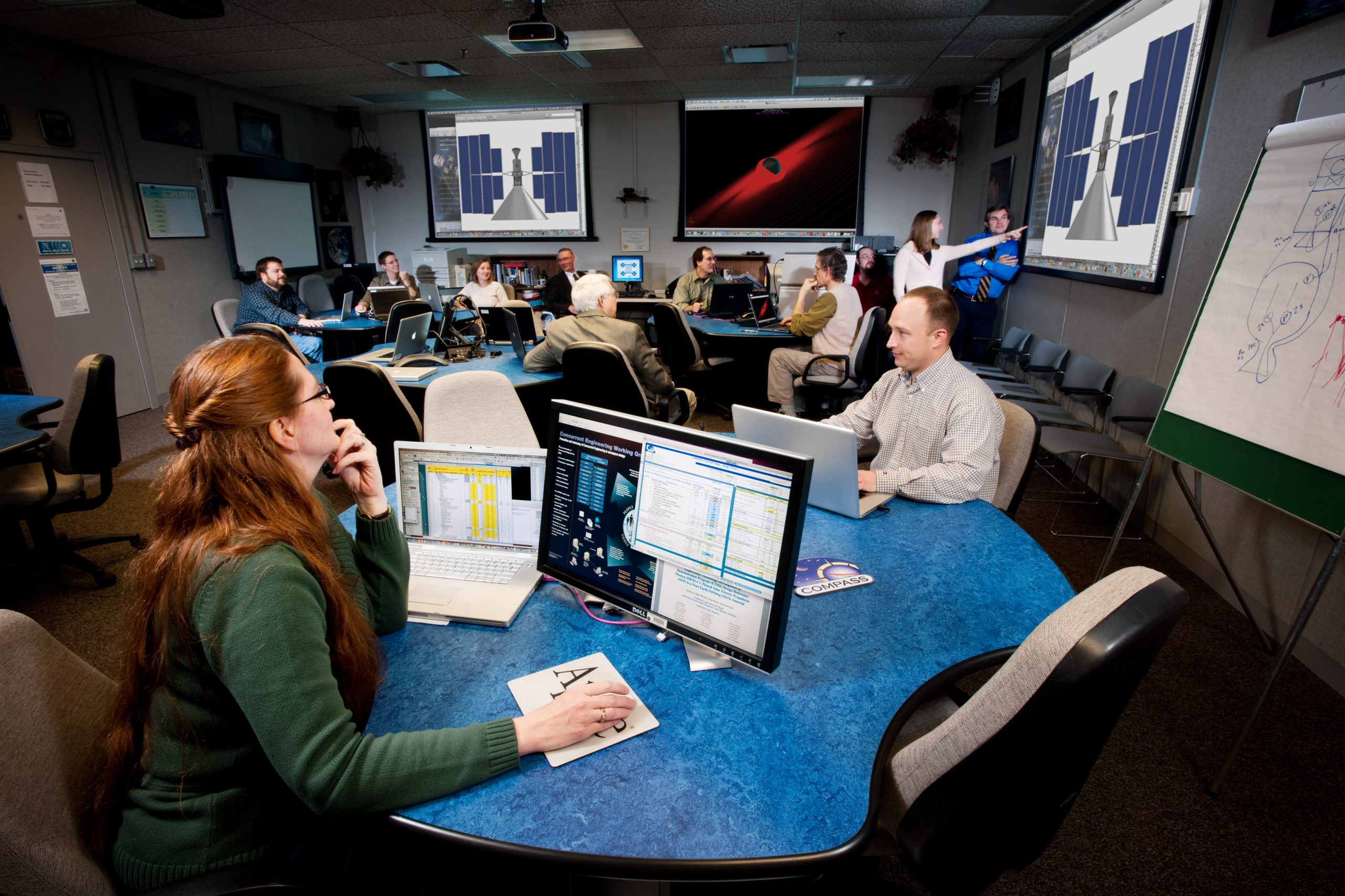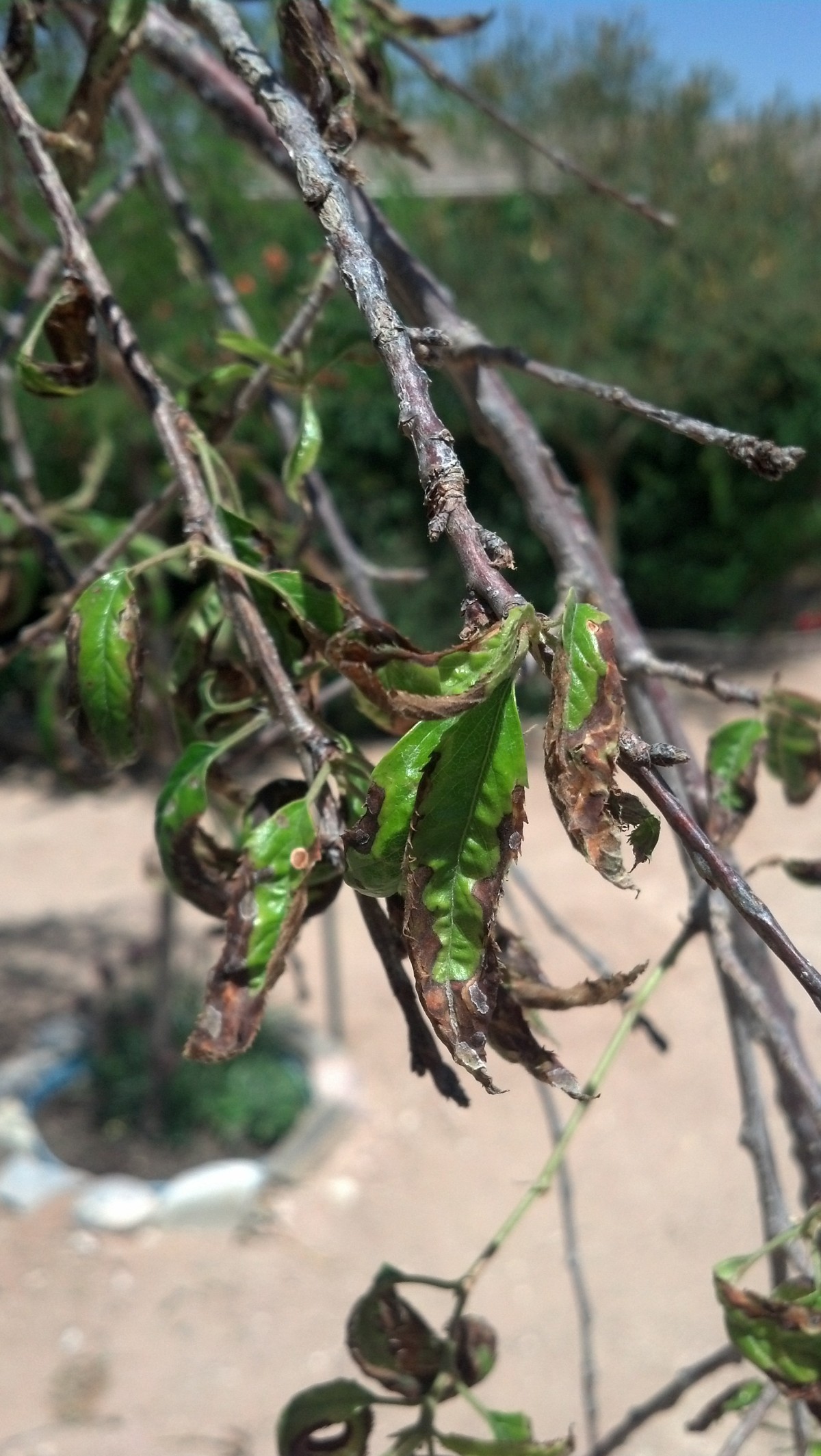
And a few pertain to functionality of the Start Menu:
- Press the Windows key to open the Start Menu.
- Windows key + S opens Cortana, ready for keyboard input.
- Use Windows key + I to instantly open the Settings window.
- Windows key + X opens the Quick Access menu (aka Power User menu), containing shortcuts to many Windows utilities.
- The Run menu opens with a quick tap of Windows key + R.
Full Answer
How to make a Start menu?
Take Home a Menu Memento
- Mix and Match. When it comes to framing, Marcus lets the restaurant's decor, the meal experience, and the menu's overall look guide the way.
- Go with the Flow. If a restaurant doesn't have a menu, get creative! ...
- Start with One. ...
- Don't Overthink It. ...
How to access Start menu?
How do I navigate without the arrow keys?
- Alt-B — Move back a word.
- Alt-F — Move forward a word.
- Ctrl-A — Move to the start of the line.
- Ctrl-E — Move to the end of the line.
How to open the start menu?
The online course was pilot tested by 40 participants during the summer of 2021 and received positive reviews.
What is the Best Start menu?
Start with a “Veggie Delite” sandwich ... Vegan Guide to Domino’s: The Best Menu Options, Alternatives, and Swaps Vegan Guide to Applebee’s: The Best Menu Options, Alternatives, and Swaps Vegan Guide to Denny’s: The Best Menu Options ...

How do I get to the Start menu?
To open the Start menu—which contains all your apps, settings, and files—do either of the following:On the left end of the taskbar, select the Start icon.Press the Windows logo key on your keyboard.
What is the Start menu on a computer?
The Microsoft Windows Start menu is the primary location in Windows to locate your installed programs and find any files or folders. By default, the Start menu is accessed by clicking Start in the bottom-left corner of the Windows desktop screen. The picture shows an example of the Windows 7 Start menu.
What is called Start menu?
The Start menu is a graphical user interface element used in Microsoft Windows since Windows 95 and in other operating systems. It provides a central launching point for computer programs and performing other tasks in the Windows shell. It is named Start screen in Windows 8.
Where is the Start menu App?
To make other changes to how the Start menu looks, select Start , then select Settings > Personalization > Start. You can then change which apps and folders appear on the Start menu. Apps, settings, files—they can all be found on the Start menu. Just select Start on the taskbar.
What is the use of Start menu?
The Start menu in Windows provides a quick way to perform many common tasks, such as launching programs or using control panels. In Windows 7, Vista, and XP, the Start menu appears when you click the Start button, which is located at one end of the Taskbar, typically at the lower left corner of the desktop.
What is the Start menu in Windows 10?
The Windows 10 Start menu is a table of contents to all the apps (programs), folders and contacts you use often. In Desktop mode, all the app icons appear in an alphabetical list on the left side of the screen, and they can be made to appear on the right side as tiles.
What are the components of Start menu?
Parts of the start menuPARTS OF THE START MENU.START MENU. User Name and Tile Pinned List Most Frequently used programs All Programs Search Box Start Button Shutdown Button Navigation Pane START MENU.User Name and Tile Shows the description of the profile used in a computer.More items...
How many parts does Start menu have?
The Start menu is divided into three basic parts: The large left pane shows a short list of programs on your computer. In the lower-left corner is the Search box, which enables you to look for programs and files on your computer by typing in search terms.
What is my taskbar?
The Taskbar consists of the area between the start menu and the icons to the left of the clock. It shows the programs that you have open on your computer. To switch from one program to another, single click the program on the Taskbar, and it will become the frontmost window.
Where are my Start menu shortcuts?
Start by opening File Explorer and then navigating to the folder where Windows 10 stores your program shortcuts: %AppData%\Microsoft\Windows\Start Menu\Programs. Opening that folder should display a list of program shortcuts and subfolders.
How will you display the Start menu shortcut key?
CTRL+ESC Display the Start menu.
Where are the Start menu items in Windows 10?
The start menu is located in the same place (lower-left corner of the screen), but the icon has changed. Clicking the Start Menu icon will display the new menu where you can access your apps, live tiles, settings, user account, and power options.
Get started
To pin your favorite apps to the Start menu, select and hold (or right-click) the app you want to pin. Then select Pin to Start.
You have the power
Lock or sign out of your PC, switch to another account, or change your account picture by selecting your picture (or the Accounts icon, if you haven't added a personal picture) on the bottom left of the Start menu.
How to change the color of the start menu?
To change the Start menu color on Windows 10, use these steps: Open Settings. Click on Personalization. Click on Colors. Under the "Choose your color" section, use the drop-down menu and select the Dark or Custom option with the Dark option for the "Choose your default Windows mode" setting. Source: Windows Central.
How to resize the start menu in Windows 10?
To resize the Start menu on Windows 10 manually, use these steps: Open Start. Click and stretch the top edge upwards with the mouse to make the menu taller. Source: Windows Central. Click and pull the side edge outwards using the mouse to make it wider. Source: Windows Central.
How to make the menu taller?
For example, you can use the Ctrl + up arrow key multiple times to make it taller, or use the Ctrl + right arrow key stretch the menu.
Left Pane
Click the username at the top of the menu to change account settings or log in with another user.
Search Box
The “Search box” on the Taskbar will allow you to search within your documents and files or on the Web for anything you write. The initial results will appear within the Start Menu itself.
Right Pane
The right pane features a varied array of tiles, similar to the ones that were seen on the Start Screen of Windows 8.
The New Windows 11 Start Menu
The big difference between Windows 11’s Start menu and its predecessor is that it doesn’t have any tiles. Gone are those snazzy animated live tile shortcuts that lit up Windows 10’s menu. Whether that’s a change for the better is debatable.
1. How to Pin App Shortcuts to the Start Menu
You can pin app shortcuts for your most essential software to the Start menu. To do so, follow the steps below.
2. Add Library Folder Shortcuts to the Start Menu
Alas, you can’t pin folder desktop shortcuts to the Start menu in Windows 11. However, you can still add library folder shortcuts to that menu, such as your user account’s Videos, Documents, Pictures, Downloads, and Music subfolders, among others.
5. Move the Start Menu to the Left Side of the Taskbar
Windows 11’s customizable taskbar has a centralized Start menu and icons. Do you not like the central menu? If not, this is how you can move the Start menu and other icons to the left side of the taskbar.
6. Add an Alternative Start Menu to the Taskbar with StartAllBack
If you’re not much of a fan of Windows 11’s revamped Start menu, you can restore a classic-style menu with the StartAllBack app. StartAllBack is a new app that includes various Start menu and taskbar customization options. That software is retailing at $4.99, and you can try out a 30-day trial by clicking Download 3.0.5 on the StartAllBack webpage.
Virtual Groups
Group programs by purpose (office applications, graphics, etc) without changing their location on the hard drive.
Single-click launch
The PRO version allows you to assign a primary program to any folder and start it simply by clicking this folder.
Years of experience
Start Menu X is an embodiment of our 7-year experience in developing alternative menu solutions.
One-click launch
This is our own one-of-a-kind feature. Start Menu X replaces the yellow folder icons with application icons. Clicking on the folder launches the application. To access a submenu, hover the cursor over a folder for a few seconds. For the first launch, the application launched is determined automatically.
Virtual groups
Split the contents of any folder into virtual groups without changing the location of files on disk. Virtual groups can be folded and unfolded. Thus, you can spend less time looking for things and change how information is displayed according to your circumstances. This feature appeared first in Start Menu X and is our invention.
Access to anywhere on your computer
Unfortunately, in Windows 10, links to folders were removed from the system menu. You are only given a list of applications, so even getting to the control panel from the menu has become very difficult.
Fullscreen list of application
The Windows 10 system menu and other applications that thoughtlessly copied the Windows 7 menu force you to use a small window to select applications. Consequently, you have to constantly scroll through this list and make lots of superfluous mouse movements.
How to customize the start menu in Windows 11?
The Windows 11 Settings is how you can customize what you see on the Start menu. Get there by searching for Settings and then navigating to Personalization > Start . It's there you can show or hide recently added apps, most used apps, and recently opened items.
How to unpin from start menu?
Both the default and classic Start menu have an Unpin from Start option when you right-click a pinned item. Click and drag to rearrange how things appear, or right-click on the default Start menu to find Move to top to quickly pin it as the first item in the list.
Where are pinned items on my computer?
As you can see, pinned items are displayed at the top with all the others accessible through an All apps button. Recommended and recent items are on the bottom half. The power button is how you put your computer to sleep or shut down or restart.
How to reboot Windows 11?
The quickest way to reboot Windows 11 is to right-click the Start button and choose Shut down or sign out > Restart. Logging out and back in will also work. Restoring the default Windows 11 Start menu is really easy by simply reversing the steps from above. You can either delete the value you made during step 5, ...
